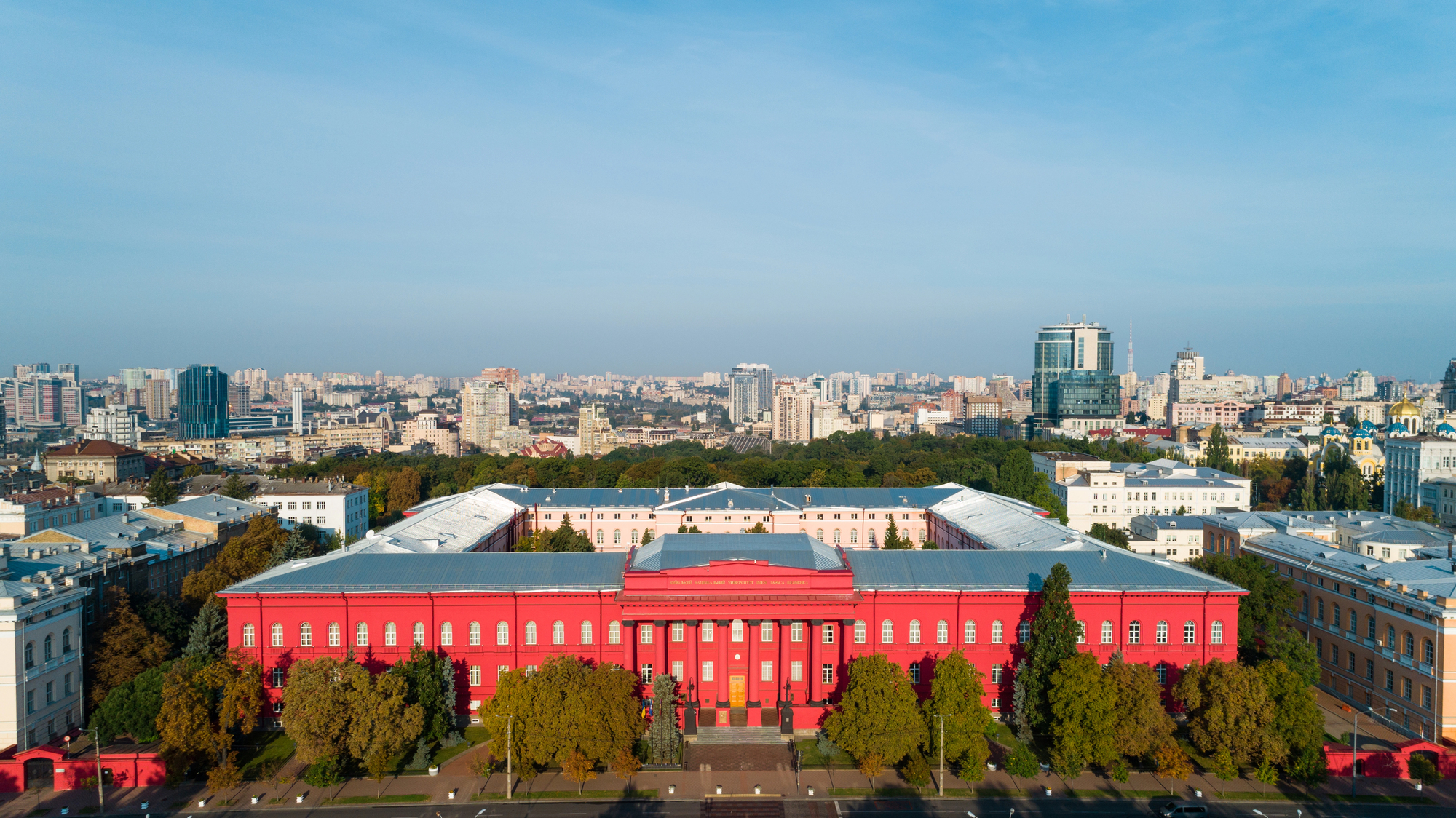Even before russia started a war against Ukraine, the average value of the Food Price Index hit an all-time high in three years. The war on Ukraine’s territory has caused a further increase in world food prices. Russia’s aggression against Ukraine threatens food and humanitarian security. Humanitarian food crises may occur in many countries.
Ukraine is among the top-5 world food exporters. Therefore, the entire world will feel the effects of the war in Ukraine in less than a month. According to the US Department of Agriculture data, Ukraine supplies 16% of world corn exports (30% of corn imports to China come from Ukraine, and China will not be able to replace these volumes with russian grains), 12% of wheat exports, and 50% of sunflower oilseed exports.
Ukraine will be able to feed itself. We have food stocks, and our seeding campaign is underway. According to Ukrinform, if the war situation does not worsen significantly, Ukraine will be able to harvest major crops at 70% of the annual average. There is no shortage of major food items at the moment because we produce much more than we consume. Thus, last year, we had a record harvest of 107 million tons of grain and oilseeds, with 33 million tons of wheat and about 40 million tons of corn. And domestic consumption of, say, wheat does not exceed 4 million tons per year. Therefore, the main issue facing us in a few months will be crop exports, especially since many agricultural products have a limited shelf life.
The fact that the biggest investors have not left Ukraine’s agricultural sector is also essential. However, the value of shares of Ukrainian agricultural holdings has decreased. According to Eavex Capital, the public agri-business companies’ capitalization has been reduced since the beginning of the war: Kernel by 23.4%, to $ 679 million; MHP by 41.5%, to $ 374 million; and Astarta-Kyiv by 15.1%, to $ 148 million. It will now be important for investors to see how Ukrainian companies can resume operations and exports in wartime.
Will Ukraine be able to export crops and provide food to more than 400 million people in the countries where we have traditionally supplied grains? According to the Ministry of Economy, exports of Ukrainian goods halved in March due to the war waged by russia in Ukraine. Russia is deliberately undermining our country’s economy by blocking domestic exports. According to Ukrinform, the russian navy is currently blocking more than 90 civilian ships in the Black Sea region, designed to transport grain and other foods. The Black Sea region supplies about 30% of world exports of wheat, 20% of corn, and 75% of sunflower oil (russia will be able to export its goods through the Black Sea, but insurance for ships will be much more expensive). In addition, the occupiers are attacking the agricultural infrastructure to prevent us from rebuilding our capability in the future.
Ukraine can now use three export routes: the Danube ports, railways, and highways. Danube ports account for about 30% of exports and railways for about 70% (it is clear that the transport of goods by rail is much more expensive than by sea). Currently, up to 30,000 tons of domestic grain products are shipped by rail daily. The main problem of railway logistics is the lack of rail cars and locomotives. Ukraine’s government press service said the European Commission intends to create special railway trade routes between Poland and Ukraine, which should facilitate the transportation of agricultural products. However, the land transport routes through the western borders can ensure a flow of up to 600 thousand tons per month, which is only 10-15% of the volumes provided by seaports before the war.
Things are much worse with food security in the Middle East and North Africa, the leading food importers from Ukraine. Rising world food prices resulting from the war in Ukraine could lead to famine. Food and energy are the two most important groups of goods in the consumer baskets of the poor around the globe. There is a danger of a repeat of the food riots that took place in the previous period of soaring prices in the late 2000s.
According to FAO, Russia’s war against Ukraine could push up international food and feed prices by 8 to 22 percent. According to Bloomberg, wheat futures would average $11 or more per bushel through the end of the year and corn about $7.75 a bushel or higher. That’s an increase of 30% or more than at the end of 2021. According to the Global Hunger Index, 47 countries (mainly from Africa and Asia) suffered severely from malnutrition and hunger before the war with Ukraine. In the absence of food supplies from Ukraine, this number could rise to 60. In addition, international sanctions could stop russian exports. The FAO reported that 50 countries, including many of the least developed ones, depend on russia and Ukraine for more than 30% of their wheat supplies. The number of malnourished people worldwide may grow by 8-13 million in 2022-2023.
The entire world must be aware of the dangers of russia’s aggression. The war in Ukraine threatens global food and humanitarian security.
Attention
The author doesn`t work for, consult to, own shares in or receive funding from any company or organization that would benefit from this article, and have no relevant affiliations


